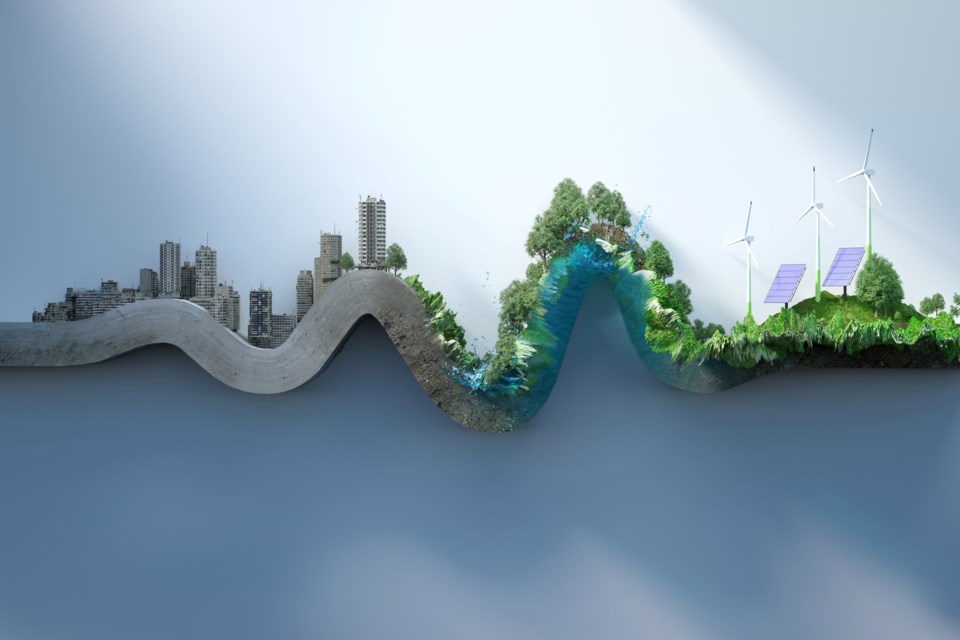Can’t choose whether your next read should be fiction or non-fiction? Looking to explore the genre of climate fiction? The Ministry for the Future, a novel by Kim Stanley Robinson, with its mix of real science and not-so-far from reality-fiction, should be on the top of your “to-read” list.
The story described in this book takes place in the near future, and follows the existence of a new governing body, the Ministry for the Future. The mission of the Ministry is “to advocate for the world’s future generations of citizens, whose rights, as defined in the Universal Declaration of Human Rights, are as valid as our own.”
The main priority of the Ministry is to address the ever-increasing climate crisis putting all of humanity, and especially developing nations, at risk. The book starts with a grim depiction of a devastating heat wave in India, through which one the main characters is introduced.
As a climate scientist, I receive more than my fair share of climate-doom 8:30-4:30 Monday through Friday, so I was tempted to drop the book within the first few pages. However, don’t let the dark beginning dissuade you from continuing to read.
The book presents a future in which climate catastrophes had reached levels that could no longer be ignored, leaving adaptation and mitigation actions as the only options. Robinson presents a world in which climate solutions presented by scientists today, including clean air travel, regenerative agriculture, and carbon-conscious communities, have become a reality. There is also some drama added by a secret vigilante group who takes out the world’s big emitters.
The book presents a future in which changes to society were implemented that go against the “business as usual” scenario but didn’t leave a world in which humans had to revert to living as caveman to avoid the greatest climate change-induced catastrophes.
This storyline presents a very real depiction of how we can address climate change today, as we have the technologies and knowledge to create a far more sustainable world without having to make life shattering changes (if we implement these changes soon).
The book also raises the important and very relevant issue of climate justice.
The topic of the most recent COP27 meeting was what happens when the nations that contributed the least to climate change experience its worst impacts. Climate reparations, when developed nations pay developing nations for the damages they have caused through greenhouse gas emissions and pollution, are an issue currently being discussed by the world’s leaders.
The interesting perspectives and solutions described in this book can spark ideas for how our society could be shaped going forward.
So whether you are an influential political figure, a rich tech-tycoon, or someone who simply wants to say they have read “one of Barack Obama’s favourite books of the year,” I highly recommend the Ministry for the Future.
Carly Madge is the program manager for the Pacific Institute for Climate Solutions at UNBC in Prince George.



